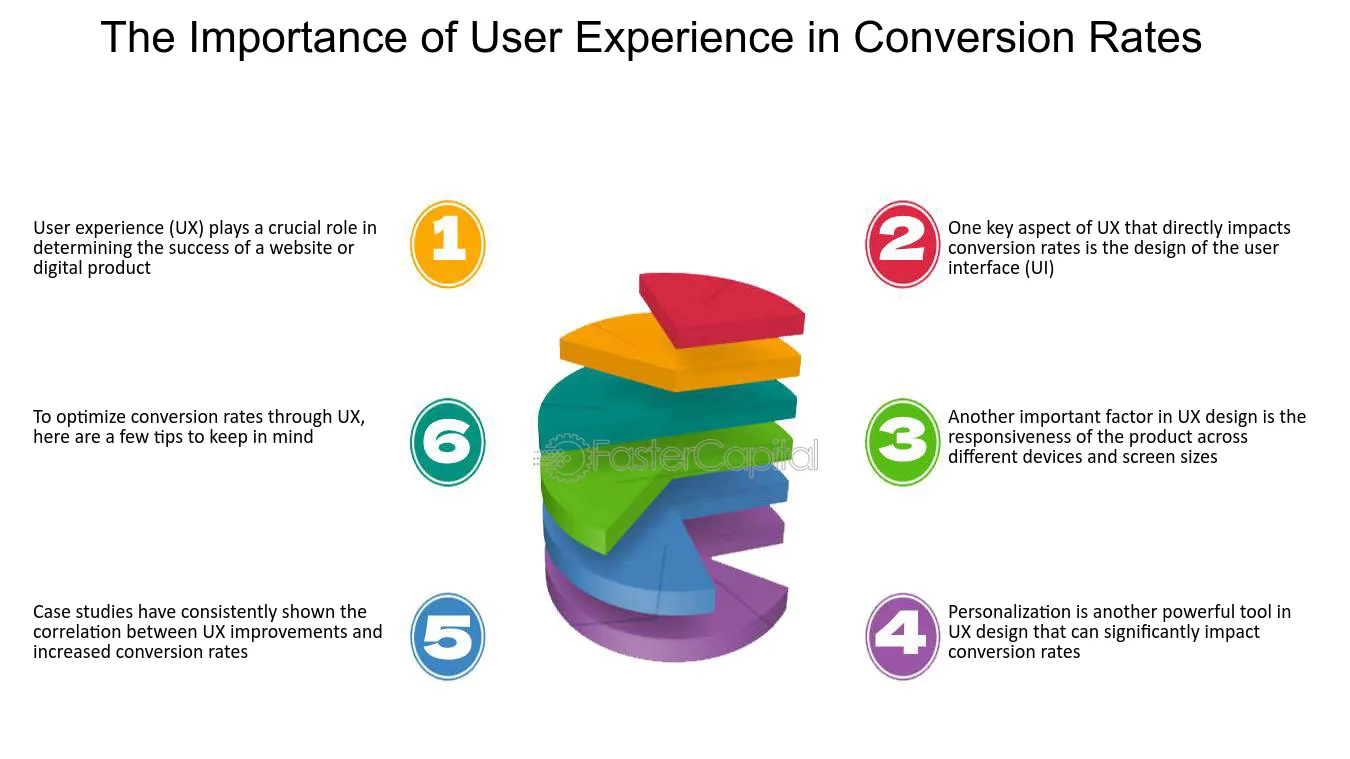How UI/UX Design Enhances Product Adoption and Conversion Rates
In today’s competitive digital landscape, a well-designed user interface (UI) and user experience (UX) are not merely “nice to have” they are essential components for achieving higher product adoption and conversion rates. For businesses striving to capture and retain users, UI/UX design plays a pivotal role in crafting experiences that not only engage users but also guide them toward desired actions. In this article, we’ll explore how UI/UX design can improve product adoption, boost conversion rates, and why usability testing is a crucial element of the process.
The Role of UI/UX Design in Product Adoption
Product adoption refers to how quickly and effectively users embrace and integrate a product into their lives. A well-thought-out UI/UX design ensures that users can intuitively understand how to use a product, thus speeding up the adoption process.
- Simplifying Onboarding
The first impression of a product often determines whether users stick around or abandon it. An intuitive onboarding process, designed with a strong emphasis on UI/UX, helps users quickly grasp the product’s value. Visual cues, clear instructions, and interactive walkthroughs make it easier for users to get started, reducing the likelihood of confusion or frustration. - Consistency and Predictability
Consistency in design elements, such as buttons, fonts, and colors, fosters familiarity and trust. Users should feel confident navigating your product without constantly questioning what each element does. Consistent UI patterns improve user confidence, leading to a faster and more seamless adoption journey. - Responsive Design for Accessibility
With users accessing products on a wide range of devices, responsive design is no longer optional. A UI/UX design that adapts seamlessly across devices ensures accessibility and enhances user satisfaction, making the product more likely to be adopted by a broader audience.
How UI/UX Design Boosts Conversion Rates
Conversion rates are a direct reflection of how effectively your product or service meets users’ needs and persuades them to take action. UI/UX design impacts conversions in multiple ways:
- Streamlining Navigation
Users are more likely to convert when they can find what they’re looking for without frustration. Effective UI/UX design minimizes friction by organizing content logically, using clear menus, and incorporating search functionality. A seamless navigation experience keeps users engaged and leads them toward conversion. - Improved Visual Hierarchy
UI/UX design utilizes visual hierarchy to guide users’ attention to the most important elements, such as call-to-action (CTA) buttons. Strategic use of color, contrast, and placement ensures that CTAs stand out, encouraging users to take desired actions such as signing up, purchasing, or subscribing. - Faster Load Times
Speed matters. A slow-loading website or app can lead to higher bounce rates and lost conversions. Thoughtful UI/UX design prioritizes performance optimization, ensuring that pages load quickly and deliver a smooth experience. - Building Emotional Connections
Beyond functionality, UI/UX design has the power to evoke emotions. Using elements such as visuals, micro-interactions, and personalization, designers can create a connection that resonates with users, increasing the likelihood of conversion. When users feel understood and valued, they are more inclined to trust your brand and convert.
The Role of Usability Testing in UI/UX Design
While crafting an excellent UI/UX design is essential, it’s equally important to validate its effectiveness through usability testing. Usability testing is the process of observing real users as they interact with a product to identify pain points, areas of confusion, and opportunities for improvement.
- Identifying Barriers to Adoption
Usability testing uncovers design flaws that could hinder product adoption. For instance, if users struggle to complete a critical task during testing, designers can revisit and refine the UI to address the issue. This iterative approach ensures the product meets user expectations. - Enhancing Conversion Funnel Efficiency
Testing the usability of each stage in the conversion funnel helps pinpoint where users drop off. By addressing these friction points, UI/UX designers can optimize the funnel to improve conversion rates. For example, simplifying checkout processes or reducing form fields can significantly impact the completion rate. - Gathering Valuable User Feedback
One of the key benefits of usability testing is gaining direct insights from your target audience. Observing how users interact with your product provides valuable feedback that informs design decisions, ensuring that the final product aligns with user needs. - Data-Driven Decision Making
Usability testing provides quantitative and qualitative data to support design changes. Instead of relying on assumptions, designers can use real-world data to create interfaces that perform well in practice, ultimately leading to better user satisfaction and improved business outcomes.
Case Study: How UI/UX Design and Usability Testing Improved Results
To illustrate the impact of UI/UX design and usability testing, consider the case of a mobile app designed for financial planning. Initially, the app experienced high user drop-off rates during the registration process. By conducting usability testing, the design team identified that users found the form too long and complex.
After simplifying the form and providing progress indicators, the registration completion rate increased by 35%. Furthermore, a revamped UI with clear navigation and personalized recommendations resulted in a 20% boost in overall conversions. This example highlights the transformative potential of combining thoughtful UI/UX design with usability testing.
The Importance of E-A-T in UI/UX Content
As businesses focus on crafting UI/UX designs to enhance product adoption and conversion rates, it’s essential to adhere to the principles of Expertise, Authoritativeness, and Trustworthiness (E-A-T). By demonstrating expertise in design best practices, providing authoritative insights, and building trust through transparent communication, businesses can strengthen their credibility and user loyalty.
- Expertise in UI/UX Design
Providing high-quality, actionable insights about UI/UX design establishes your brand as a reliable resource. Sharing case studies, research findings, and industry trends helps demonstrate your expertise and build trust with your audience. - Authoritativeness Through Data-Backed Content
Supporting design recommendations with data from usability testing, user behavior analytics, and real-world case studies enhances the authoritativeness of your content. By presenting evidence-based strategies, you position your brand as a leader in UI/UX design. - Trustworthiness Through Transparency
Clear, honest communication about your design process and usability testing results fosters trust with users. Highlighting the steps taken to understand and address user needs reassures customers that their satisfaction is your top priority.
Conclusion
UI/UX design is more than aesthetics – it’s a strategic tool for enhancing product adoption and conversion rates. By focusing on user needs, streamlining navigation, and employing usability testing, businesses can create products that resonate with users and drive measurable results. Incorporating E-A-T principles into your approach ensures that your content and strategies remain trustworthy, authoritative, and valuable to your audience.
Investing in thoughtful UI/UX design and continuous usability testing is not just about improving metrics it’s about creating meaningful, user-centered experiences that drive long-term success.













Post Comment